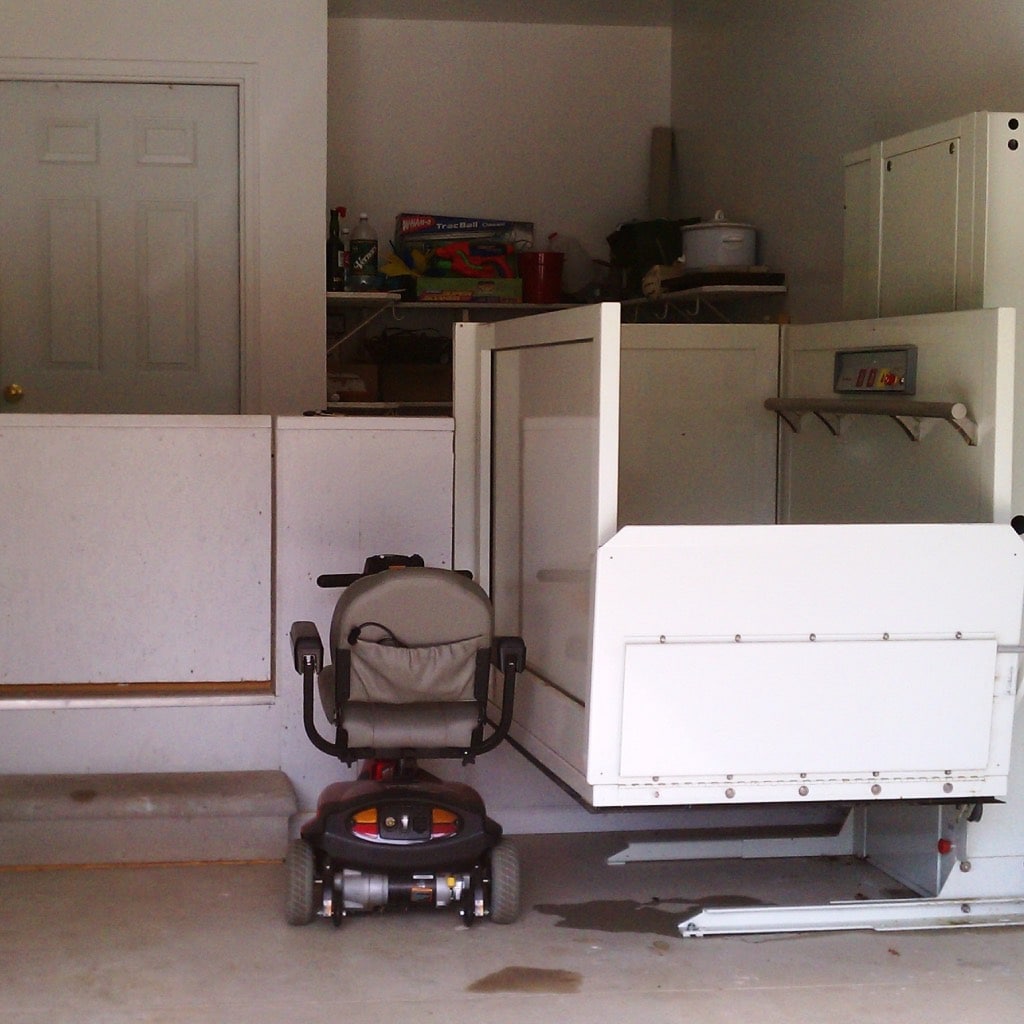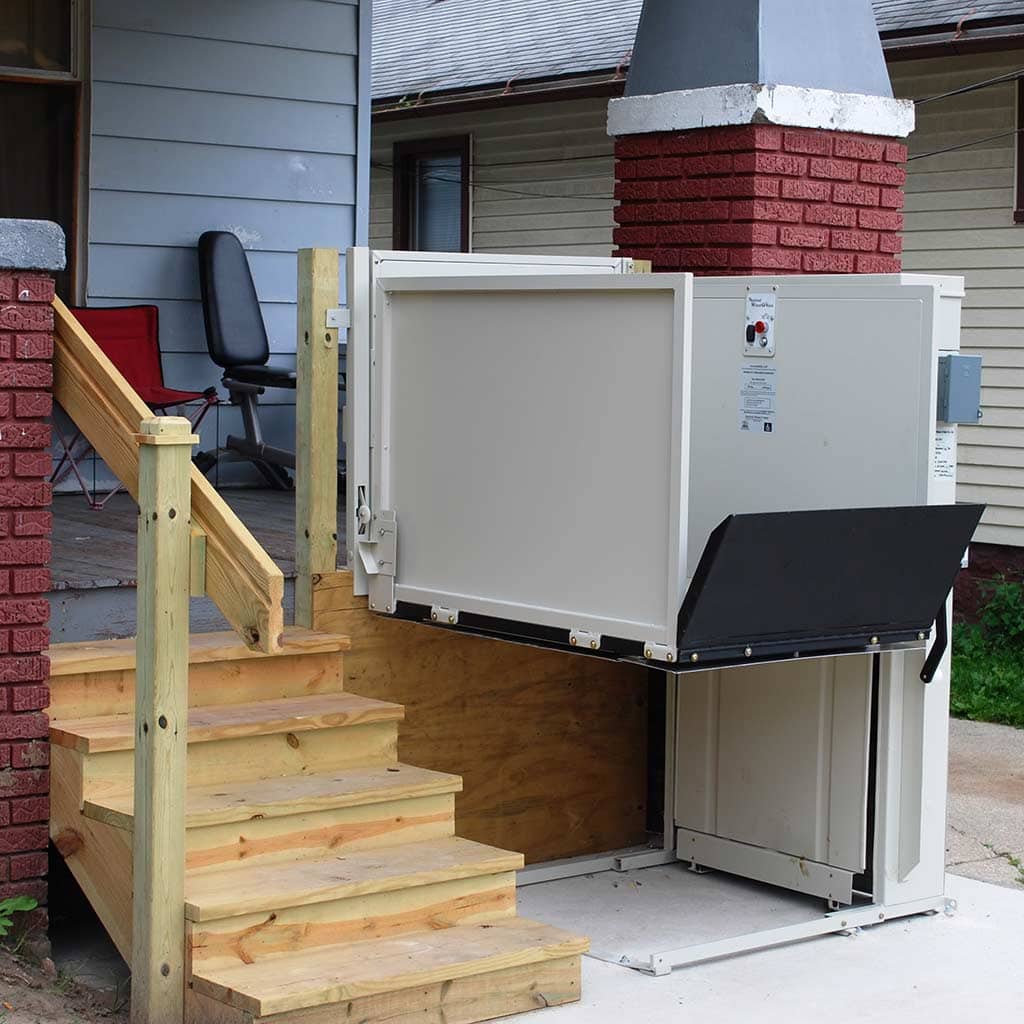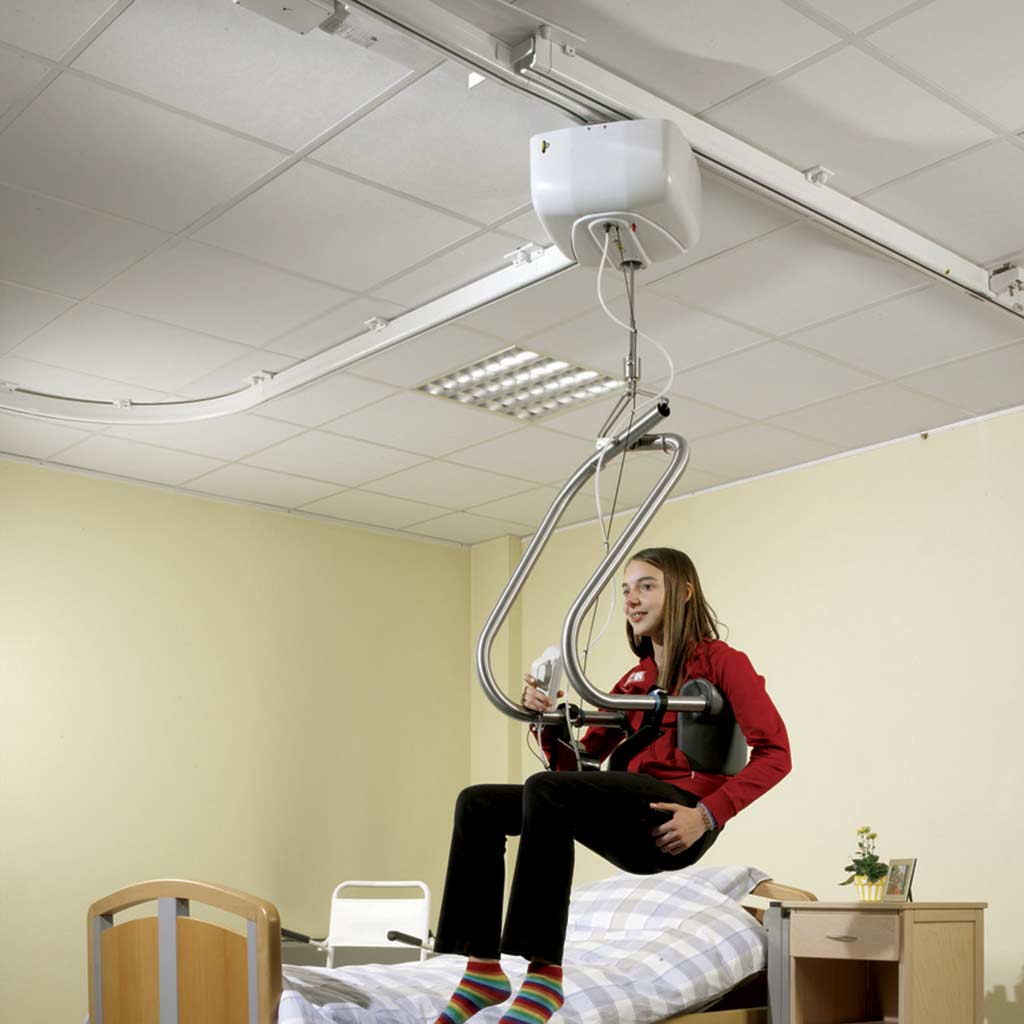Patient Lift Systems For The Disabled and Elderly
Patient lift is a great solution when mobility issues prevent movement from one place to another. At CAPS remodeling, we offer a variety of different medical lifting systems, including mobile, overhead, platform, and stair lifts that will help anyone move or reposition in a comfortable and efficient manner.



- Slings
- Body Supports
- Mobile Lifts
- Platform Lifts
- Pool Lifts
- Stair Chairs
- Overhead Lifts
- Ceiling Track Lift
What makes CAPS Remodeling so unique is that with this lift a patient has the ability to transfer independently without the help of a caregiver. It is controlled by a remote control that will pick you up and transfer you. Caregivers who are assisting patients will also find that this type of lift is much easier and safer to use compared to other transferring systems.
Our medical lifts can also be mounted to the ceiling. With the lifting equipment mounted to the ceiling, your floor space is less cluttered and it is much safer and easier to get around your home.
If you are having difficulty moving from one place to another, CAPS remodeling medical lift equipment are often an ideal solution. Whether you need self-transferring from a wheelchair to toilet, bed, or bath, or assistance with daily living or recreation activities our transfer equipment can help you. Call our expert aging in place specialists at CAPS Remodeling today (248) 246-1669 or (941) 445-0571 for an evaluation. We will be able to design and install a lift system in your home that is not only specific to your needs but will increase your mobility. We service throughout the entire State of Michigan and Southwest Florida.
Gallery
Our patient lifts are designed by ADA contractors to ensure they are safe and meet ADA compliance.
Frequently Asked Questions
